What is our primary use case?
The company uses it for a lot of things. Obviously, we're using it mostly for application monitoring, and that covers both application performance and availability. We're using it for checking how things are performing and making sure that they're running and running properly and there aren't errors or issues. That would be the main thing.
We're also using it to monitor servers, do some infrastructure monitoring, make sure there're enough servers are running and that they've got available disc space for monitoring CPU and memory, et cetera.
What is most valuable?
The solution is stable.
I find that the AI on offer is useful, as it's good at identifying problems. You do need a bit of customizing, however, even in its sort of vanilla form, it's pretty good at identifying problems and the root causes of those problems and whatnot.
The installation process is straightforward.
What needs improvement?
They're generally going in the right direction and they're quite responsive to feedback. You can vote on features and whatnot. If enough people vote for a feature, they'll get it put in.
The solution could be more seamless. The user interface could be better and they could offer more integration.
We'd like it to be more user-friendly, which, in our case, might be a big ask as we have a fairly complex environment.
For how long have I used the solution?
How long I've used the product depends on which version you would classify as the product. The current one, under this name, has only been out maybe three or four years. However, I also used the older version before that, and that was something called AppMon. Therefore, I've used it for a while at this point.
Buyer's Guide
Dynatrace
October 2025
Learn what your peers think about Dynatrace. Get advice and tips from experienced pros sharing their opinions. Updated: October 2025.
870,701 professionals have used our research since 2012.
What do I think about the stability of the solution?
The solution has been very stable. There are no bugs or glitches. It doesn't crash or freeze. It's reliable.
What do I think about the scalability of the solution?
I can't really comment on the scalability as we're in a relatively small environment. We don't have a massive number of servers on-site. I am aware of people that run it in massive environments, however, I can't make a comment on what it's like as our site is fairly small.
We might have ten or so active users.
How are customer service and support?
Technical support is very good and very responsive. We're quite satisfied with the level of service on offer.
Which solution did I use previously and why did I switch?
Before Dynatrace there was another Dynatrace product called AppMon. Before that, we used to use the company's own solution.
How was the initial setup?
The initial setup is easy and pretty straightforward. It's not overly complex.
The main issue is that, due to the fact that it covers so much space, the navigation can be long-winded. It can take a lot of clicks to get into where you want to go, however, it's covering a lot of information.
On the site that I'm on, on the Dynatrace site, there's really just me that's doing the technical side of Dynatrace. I'm the one that's keeping Dynatrace itself running and whatnot. That said, even in bigger environments, there's probably only one or two people that are looking after Dynatrace itself. It's really solid in that regard.
What's my experience with pricing, setup cost, and licensing?
I don't really get involved in the commercial side of things and therefore cannot speak to the aspect of licensing, such as pricing. We might be on a three-year contract that gets renewed.
What other advice do I have?
While my organization is a reseller of Dynatrace, I actually also work on it myself.
While the deployment model that we're using is on-premises, there is a cloud-based version of it as well.
We're always using the latest version of the solution. It gets updated automatically, and therefore it's pretty much the latest version.
I'd rate the solution at an eight out of ten overall.
I would recommend Dynatrace to others who are looking into implementing it.
Which deployment model are you using for this solution?
On-premises
Disclosure: My company has a business relationship with this vendor other than being a customer. Partner

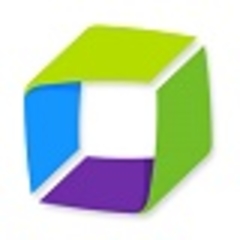



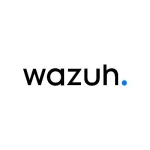







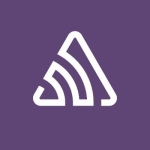

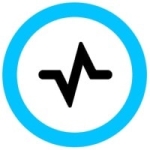
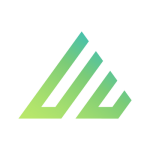

Thanks a good review, however I am missing the kind of injections dynatrace is doing in Java code for example. for Security guys this can be a problem.